How does a photosynthetically active radiometer work? To know that photosynthetically active radiation is the energy source of plant life activities, organic matter synthesis and yield formation, green plants in the process of photosynthesis, the absorption of solar radiation so that the chlorophyll molecules in the excited state of the part of the spectral energy, for the photosynthetically active radiation measurement data help to better study plant growth, the following to introduce a photosynthetically active radiation sensor.
The WX-FS3 Photosynthetically active radiometer is a sensor mainly used to measure the photosynthetically active radiation of natural light in the wavelength range of 400-700nm. The measurement principle is: When there is light, a voltage signal is generated that is proportional to the intensity of the incident radiation, and its sensitivity is proportional to the cosine of the direct Angle of the incident light. Each photosynthetically active radiometer gives its own sensitivity (when the original millivolt voltage is output), and the value can be directly calculated in μ-mol /m2•s.
Photosynthetically active radiation is a very important environmental factor for biology, plant physiology, ecology, agriculture, forestry, horticulture and other disciplines, so the photosynthetically active radiation meter can play a large role in a variety of fields, and can be directly connected to agricultural automatic weather stations and solar energy resource observation systems as a basic means to measure the photosynthetically active component of solar radiation. It can also be used alone as a professional radiation sensor for agricultural and biological research.
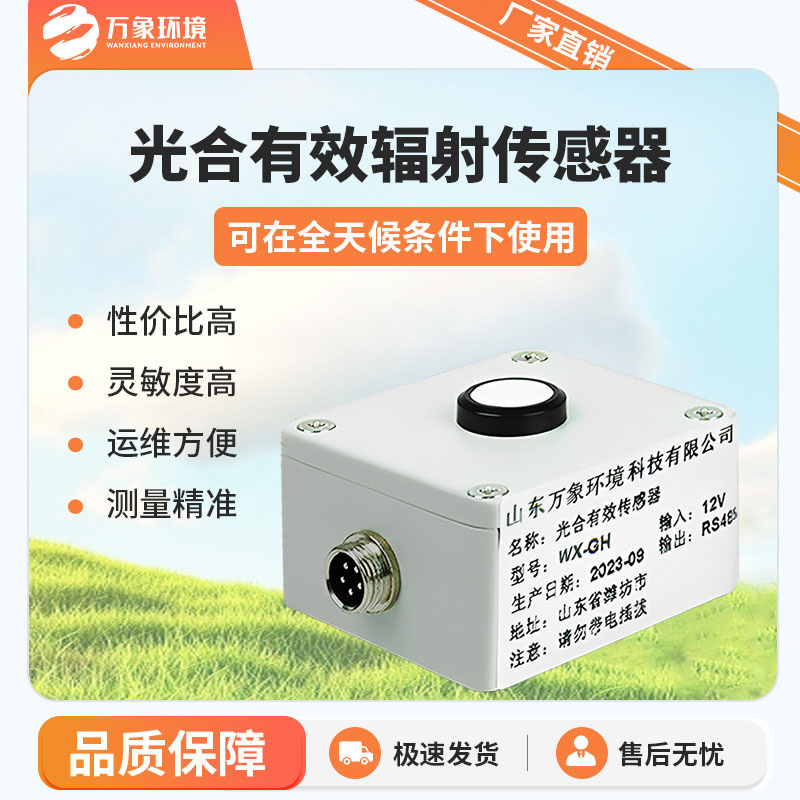
Article address:
http://www.qxhjjc.com/en/article/965.html

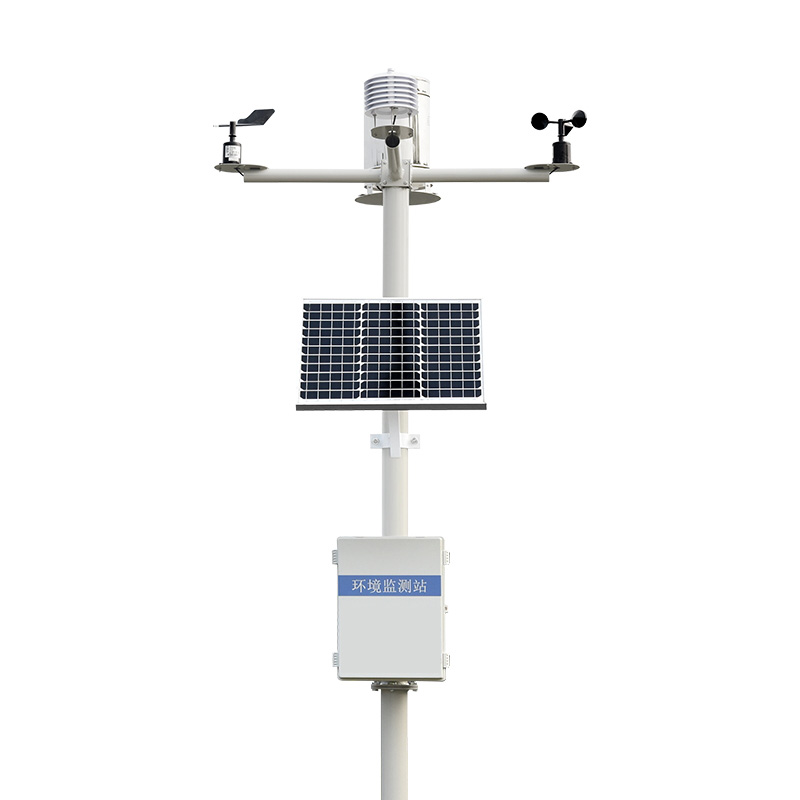
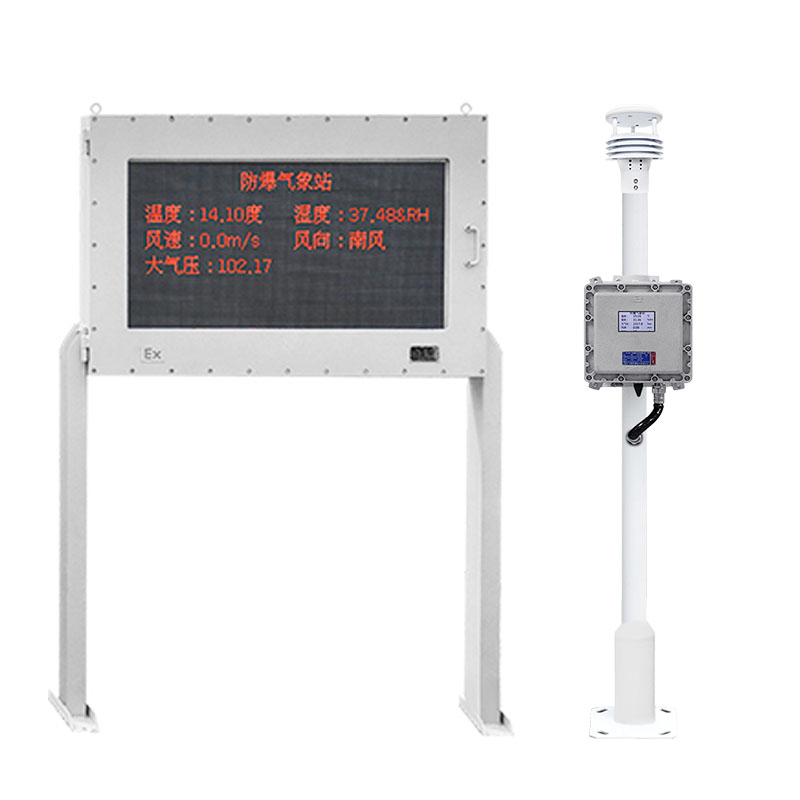
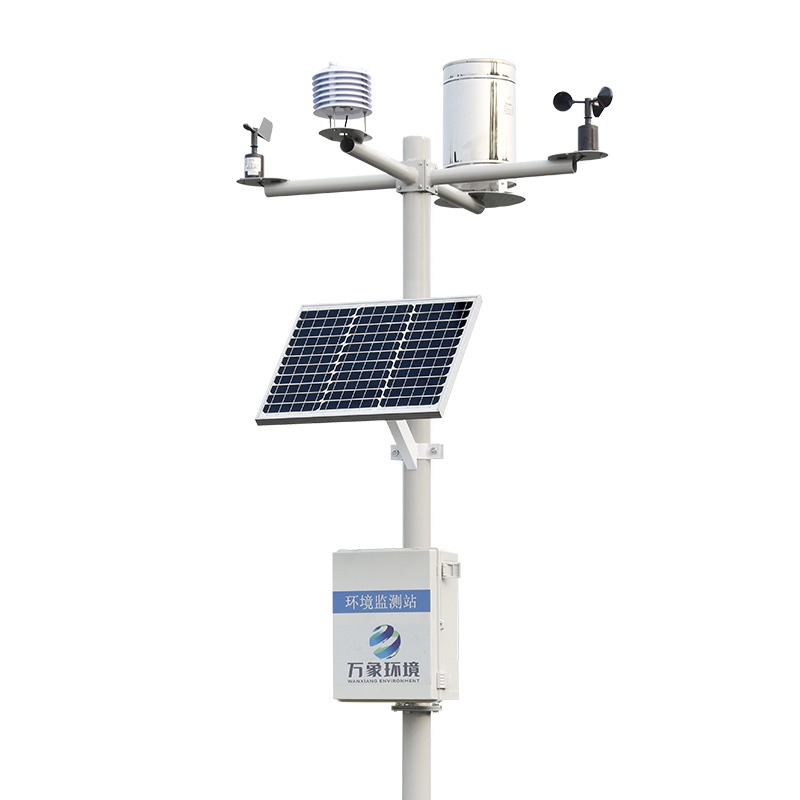
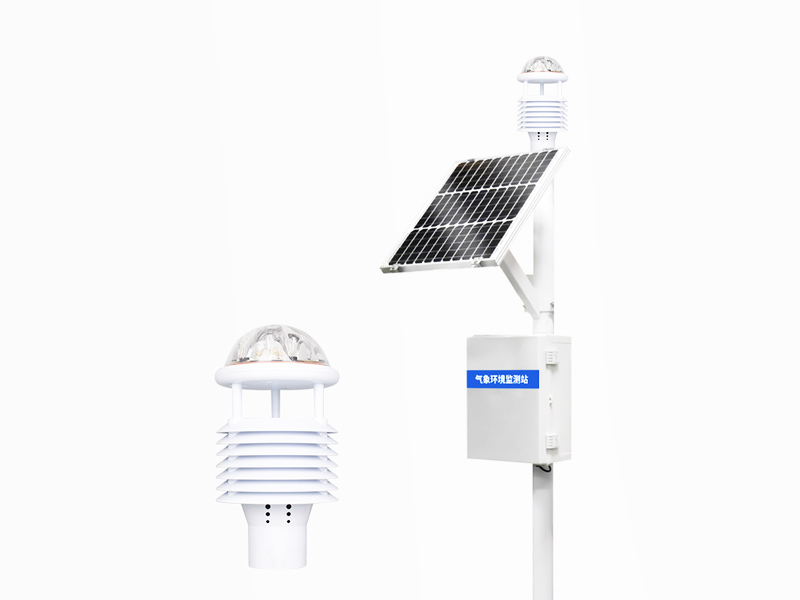
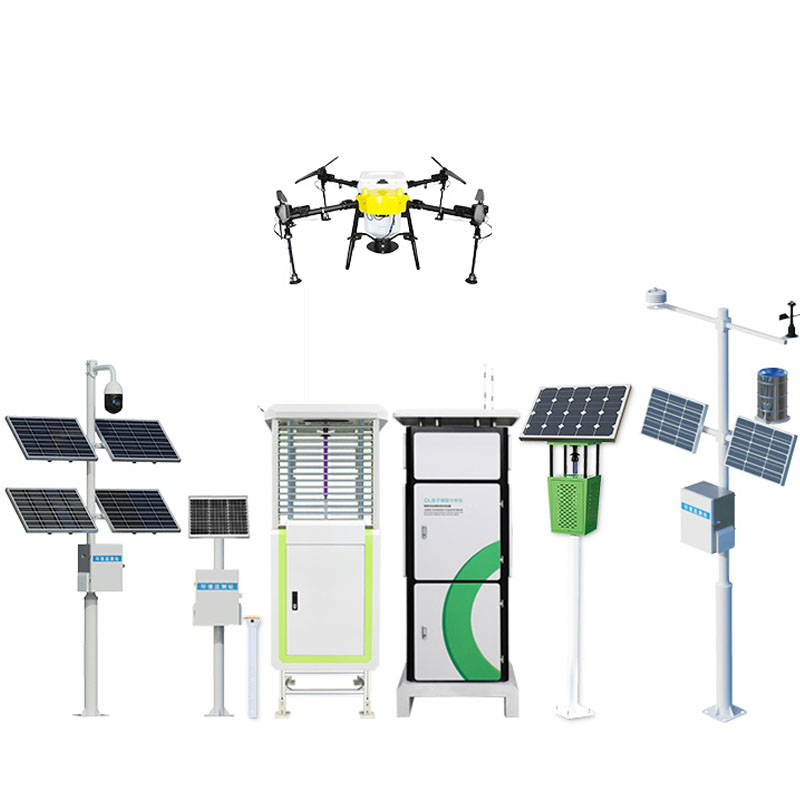






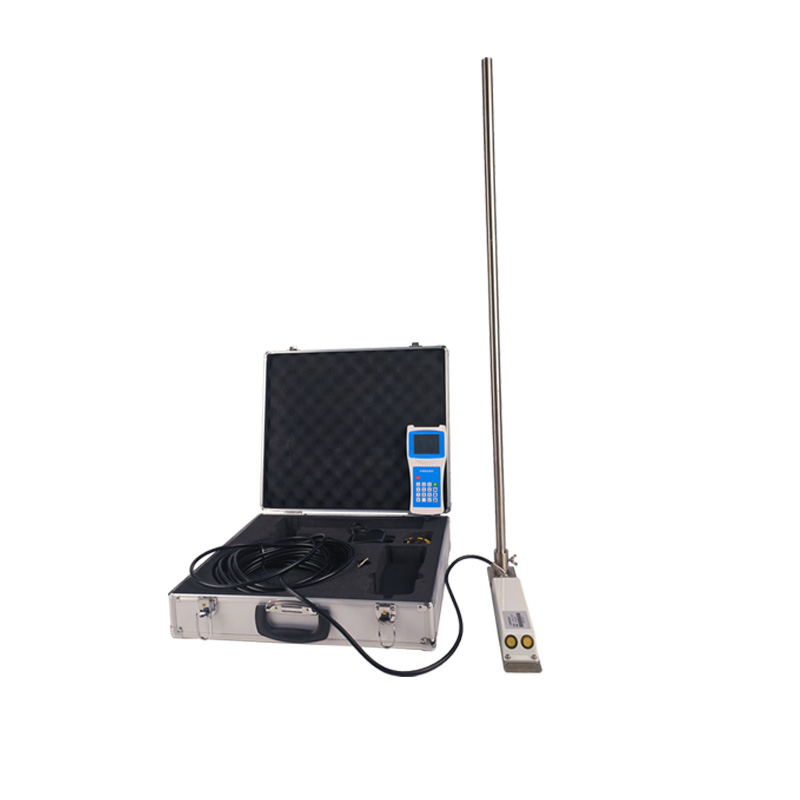
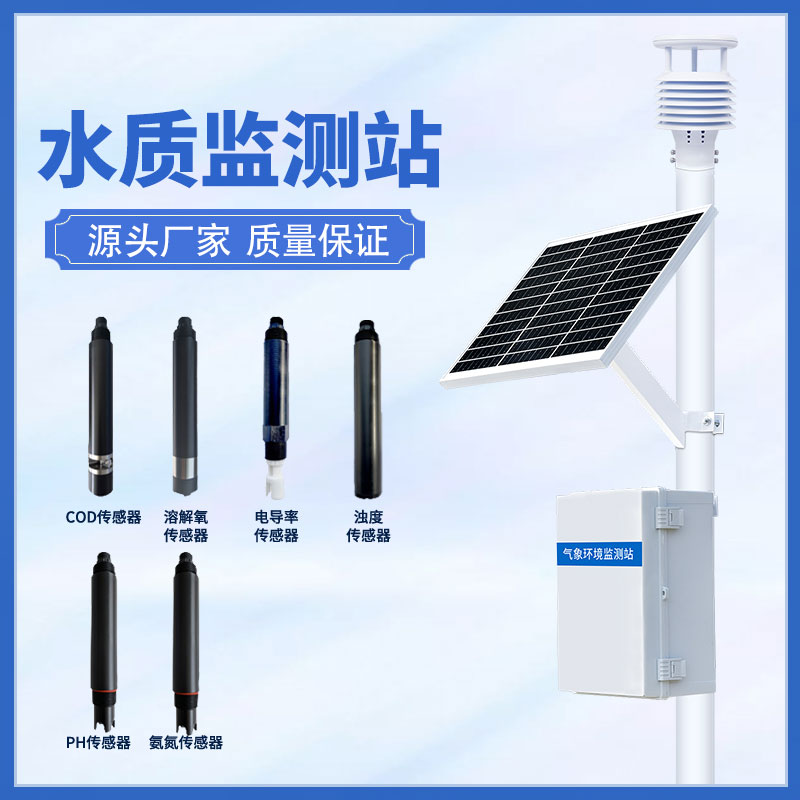
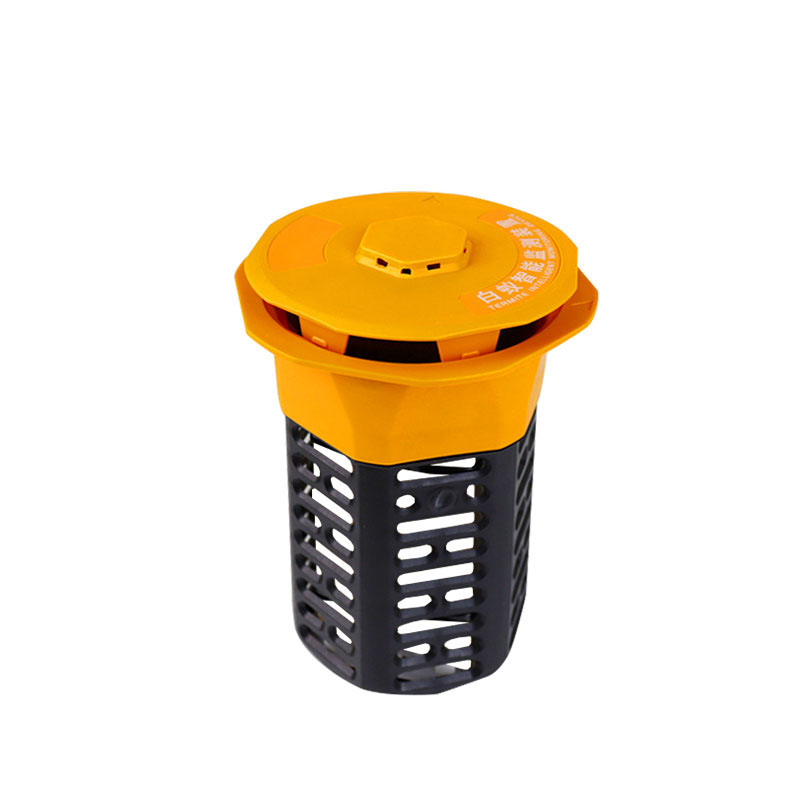
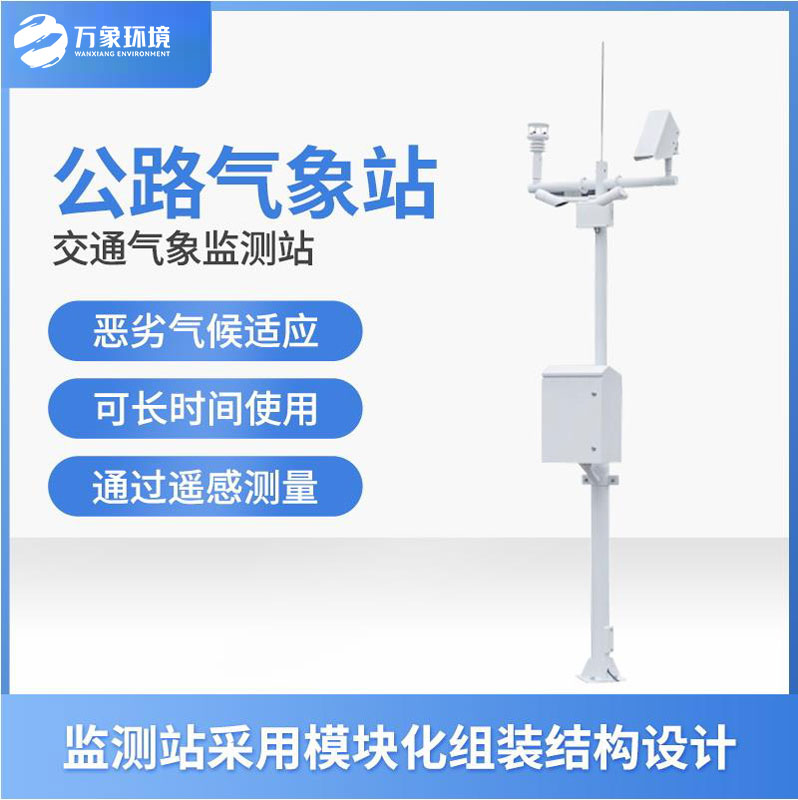


 Home
Home phone
phone Product Overview
Product Overview Contact Us
Contact Us